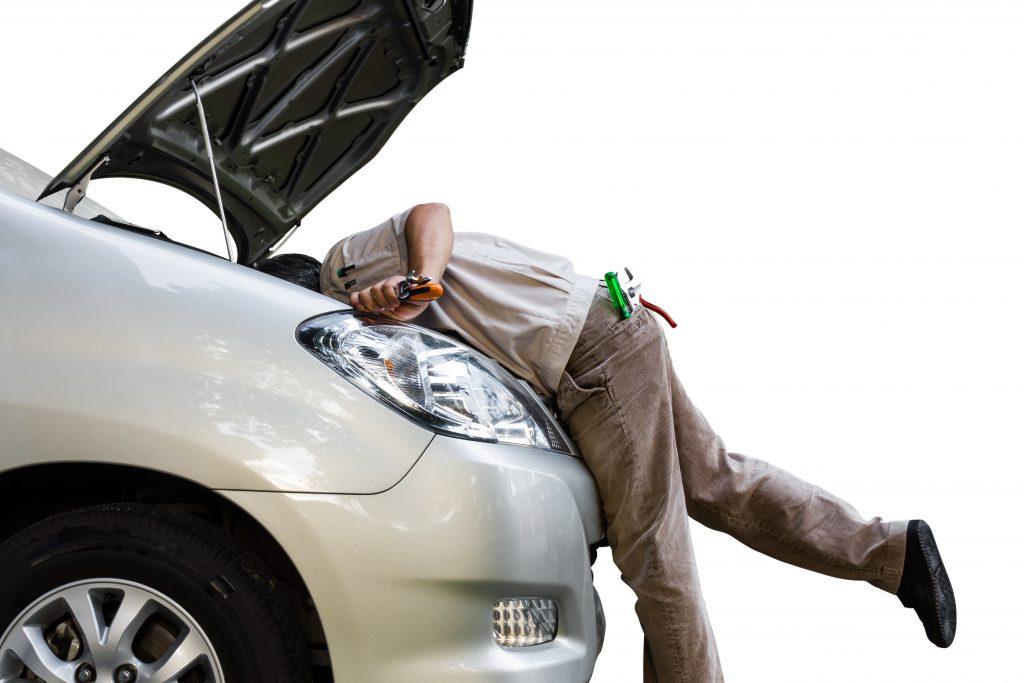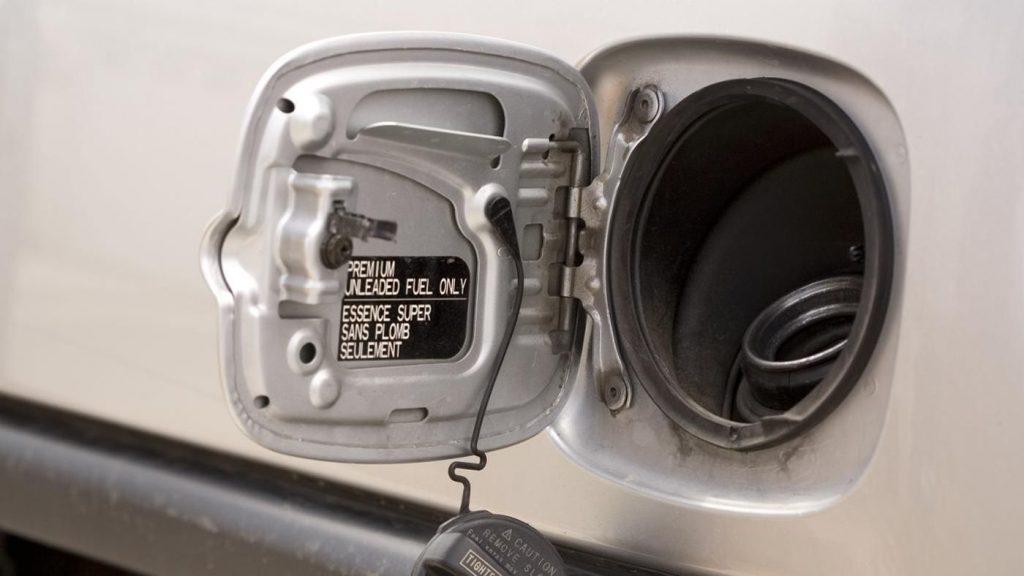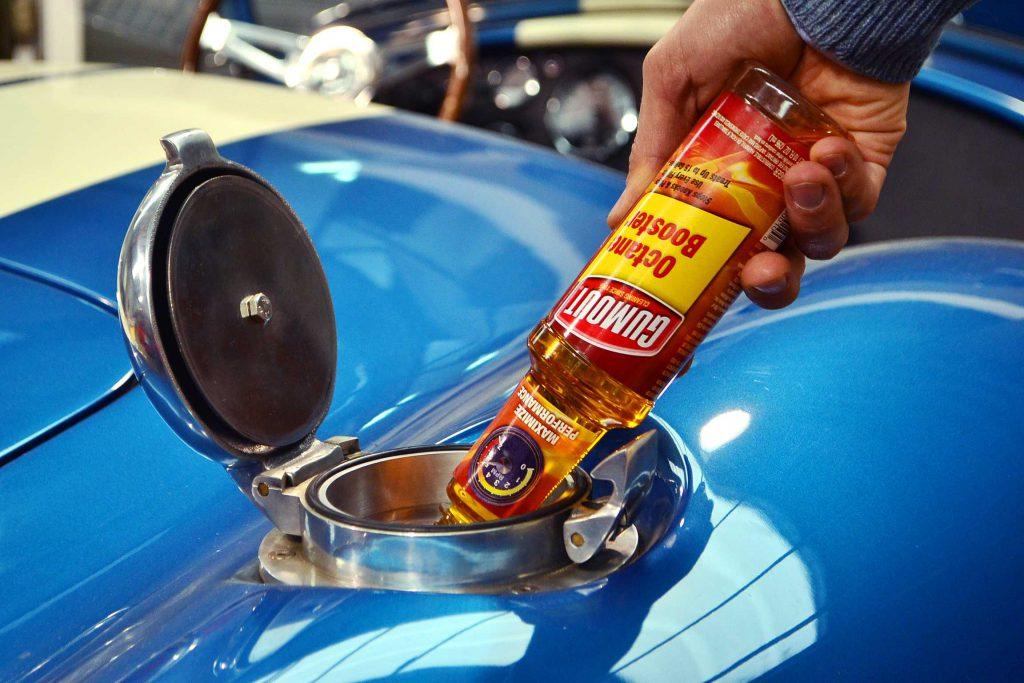What are symptoms for water in gas tank symptoms?
Having water in the gas tank can degrade the engine’s performance by seriously affecting the other parts like fuel pipeline and its injectors. However, if timely attention is not given to the problem, it may eventually damage the car’s engine. Therefore, it is pivotal to locate the water in gas tank symptoms and seek the essential maintenance tips that can save the engine from getting damaged.
Water in Gas Tank Symptoms
Water in Gas Tank Symptoms
Here is a list of symptoms that one can find when water enters the gas or fuel tank.
1. Reduction in Car’s Mileage
Water getting inside the car’s gas tank can decrease motor power gradually. And, if it is not considered seriously then, eventually it would decrease the vehicle’s mileage, too. Furthermore, it would cause the biodegradation of the fuel, which would make the car lose power.
Besides this, it is important to note that the water being heavier than the gasoline sinks at the bottom of the tank thus, causing the container to rust. Owing to it, the microbes can grow inside the tank that can destroy the whole system of fuel.
2. Sudden Stalling of Engine
Initially, for a few minutes, the engine won’t cause any issue. However, after a while, the process of fuel combustion would become weak and will start showing the water in gas tank symptoms. Additionally, if there is a large amount of water in the fuel system then, it may stop the engine immediately.

3. Engine Won’t Start at All!
One of the symptoms of water in gas is that it won’t allow the engine to start. This happens, when the water is present above the piston inside the car’s cylinder, which in turn doesn’t allow the piston to complete its rotation. Thus, it leads to no fuel combustion and compression.
4. Trouble Accelerating the Car
If the car demands more force on the acceleration pedal to reach the desired speed while driving, then it’s clearly a sign of poor acceleration. In addition, it mainly occurs because of the water being injected into the engine instead of gas.
Causes of Water in Gas Tank
Be it a small cup or a bucket full of water inside the fuel tank, both can affect the engine’s performance. So, if you wish to save yourself from this problem, it is wise to prevent the causes of it. Some of the major causes are a condensation of atmospheric pressure, the poorly sealed cap on the tank’s top, and the bad top fuel pump.

All in all, while driving if you experience revving or sputtering and delayed acceleration, this clearly points towards the water in gas symptoms. Hence, it is better to take timely action or else the engine’s performance would degrade causing more damage to it than imagined.
How to Fix Problem of Water in Gas Tank
After understanding all the water in gas tank symptoms, now it’s time to get rid of the water in the fuel system.
In this regard, one of the best and easiest solution is to replace the entire gas within the reservoir. This can be done by replacing the old fuel with the whole new high-quality gas that has no ethanol in it. The reason behind using this gas is its property of not absorbing the water.
However, if you feel that it’s an expensive process then, here are certainly other steps that can be followed:
1. Use Octane Booster

Once you find the symptoms of water in the gas, you can exhaust it completely by using a high level of octane booster inside the gas reservoir. Once injected, it would absorb all the moisture or water inside the tank, thus leaving it completely dry.
2. Put Special Fuel Additives and Methanol
No doubt, it is a less reliable solution when there is more water in the gas tank. But, if it’s only the moisture then, you can make use of these fuel driers, which are actually special fuel additives and methanol. Some of the fuel additives examples are Dri-Gas, DFS Plus, and Heet.
Information: There are certain fuel driers that use special agents to protect the sensitive material of old vehicles whereas others simply use alcohol to remove the water. So, always think and look for the product specification, prior to its purchase.
3. Make use of New Filters
In case the water content inside the vehicle’s gas container is too high then, you not only have to replace the fuel but also the filters.
Tip: For all the above steps, it is suggested to take assistance from the professionals unless you are aware of what you are doing with the vehicle.







No comments